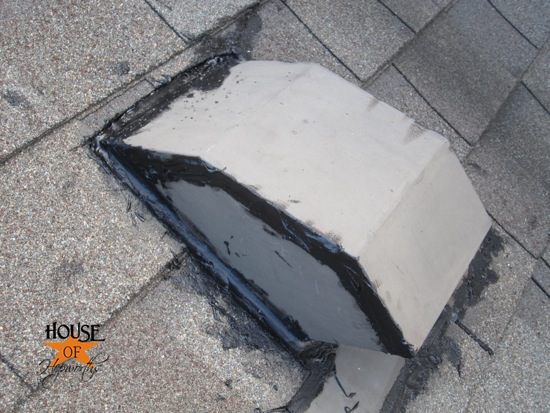When applying roofing tar make sure that you have at least a few consecutive days of sunshine without rain or snow so that the tar has time to cure.
Old roof tar not drying.
The warm temperature can cause the tar to drip and make an incredible sticky mess.
Also on a hot day the tar will reactivate and be tacky again 00.
These cracks will now open up your roof to the same leak you had originally only now you have an additional problem.
Advice for choosing using sealants to patch a leaky roof or roof valley.
Roof sealants mastics coatings patching a leaky roof with roof cements sealants coatings.
885 tropi cool 100 silicone seam and repair roof sealant.
It shouldnt ever totally dry.
Tar pine sap even sugar to try to seal leaks in a roof that s damaged or at the end of its life.
Additionally never apply tar when it is extremely hot say in the middle of summer.
Choose a dry day when you are not expecting rain for at least three to four more days.
Use small amounts and apply it with the roller in short smooth strokes.
Roofing sealants have been applied for centuries using just about anything at hand.
The surface may get hard but the underneath will stay plyable as it should.
As you work you will move back toward the end where your ladder is taking the bucket with you.
Over a fairly short period of time the tar on your roof is going to begin to dry and crack.
Yes tar can be applied to a roof in temperatures as low as 40 degrees fahrenheit.
Step 5 apply more water as needed to the test batch recording how much water you ve added to the tar so you ll have an accurate ratio.
Tar the roof keep your tar bucket close to you as you start spreading the tar on the surface with the roller.
If caught early however common household chemicals can remove it.
At hotter temperatures your roofing tar may start dripping creating an unsightly difficult mess.
It is also best to tar driveways in temperatures above 50 degrees fahrenheit to ensure that the tar dries.
If it resists removal professionals may be able to salvage the contaminated surface.
Insert a tongue depressor or brush into the mix and smear the tar onto a test surface.
However it won t properly dry and seal until the temperature is at least 70 degrees.
Sometimes the tar accidentally gets on objects or fabrics and the longer it sits there the harder it dries often making it difficult or challenging to remove it.
While you can apply roofing tar at lower temperatures it will not properly set until it reaches 70 degrees.
Roofing tar for ease of application should be mildly viscous somewhere between the viscosity of maple syrup and honey.
And while band aids can be useful they are also temporary.

